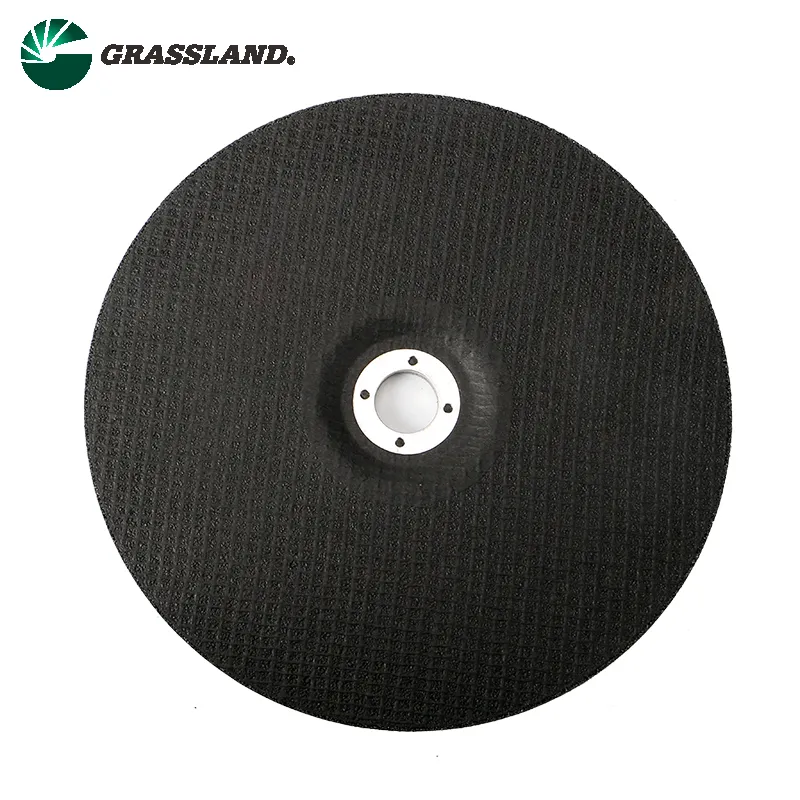Understanding the Price of Grinding Discs Factors and Market Trends
Grinding discs are essential tools in various industries, particularly in metalworking, construction, and automotive sectors. Their primary function is to grind, cut, and polish materials, making them a crucial component for professionals and hobbyists alike. As with any product, the price of grinding discs can vary considerably based on several factors, including the type of disc, material composition, manufacturer, and market demand.
Types of Grinding Discs
The type of grinding disc is one of the most significant factors affecting its price. There are several types of grinding discs available, each designed for specific applications. For instance, cutting discs are typically thinner and designed for light grinding tasks, while grinding wheels tend to be thicker and used for heavy-duty grinding. Additionally, specialized discs, such as diamond or ceramic discs, are often more expensive due to their superior performance and durability.
Material Composition
The material used in manufacturing grinding discs plays a vital role in determining their price. Common materials include aluminum oxide, silicon carbide, and diamond. Aluminum oxide discs are widely used and generally more affordable, making them suitable for general-purpose grinding. Silicon carbide discs, while more expensive, are preferred for grinding hard materials like glass and ceramics. Diamond discs represent the premium end of the market, known for their longevity and efficiency, but this sophistication comes with a higher price tag.
Manufacturer and Brand Reputation
grinding disc price

The manufacturer’s reputation also significantly impacts grinding disc prices. Established brands with a long history of quality might charge more for their products due to their reliability and performance guarantees. Customers often prefer to invest in well-known brands for critical applications, even if it means paying a premium. On the other hand, lesser-known brands may offer more competitive pricing but may not have the same level of performance or quality assurance.
Market Demand and Supply Chain Factors
Market demand can fluctuate based on various external factors such as economic conditions, seasonal changes, and industry growth. For example, during periods of construction boom or industrial expansion, the demand for grinding discs tends to rise, which can lead to price increases. Conversely, during economic downturns, demand may wane, resulting in lower prices as suppliers try to offload inventory.
Additionally, supply chain issues can impact pricing. For instance, if there are transportation disruptions, raw material shortages, or increased production costs due to labor or regulatory changes, these factors can ripple through the supply chain and cause prices to rise. Customers who are aware of these trends often adjust their purchasing strategies, buying in bulk during periods of low prices or stockpiling before expected price increases.
Conclusion
In summary, the price of grinding discs is influenced by a variety of factors, including the type of disc, material composition, brand reputation, and market dynamics. As industries evolve and demand for precision tools grows, understanding these elements will be crucial for consumers seeking the best value for their money. Whether for professional use or personal projects, being informed about the factors that contribute to grinding disc prices enables buyers to make better purchasing decisions, ensuring they get the right tool for their specific needs without overspending.
In the end, the investment in high-quality grinding discs can pay off in terms of performance and efficiency, highlighting the importance of balancing cost with quality to achieve optimal results in any grinding application.
Post time:Dec - 11 - 2024

















